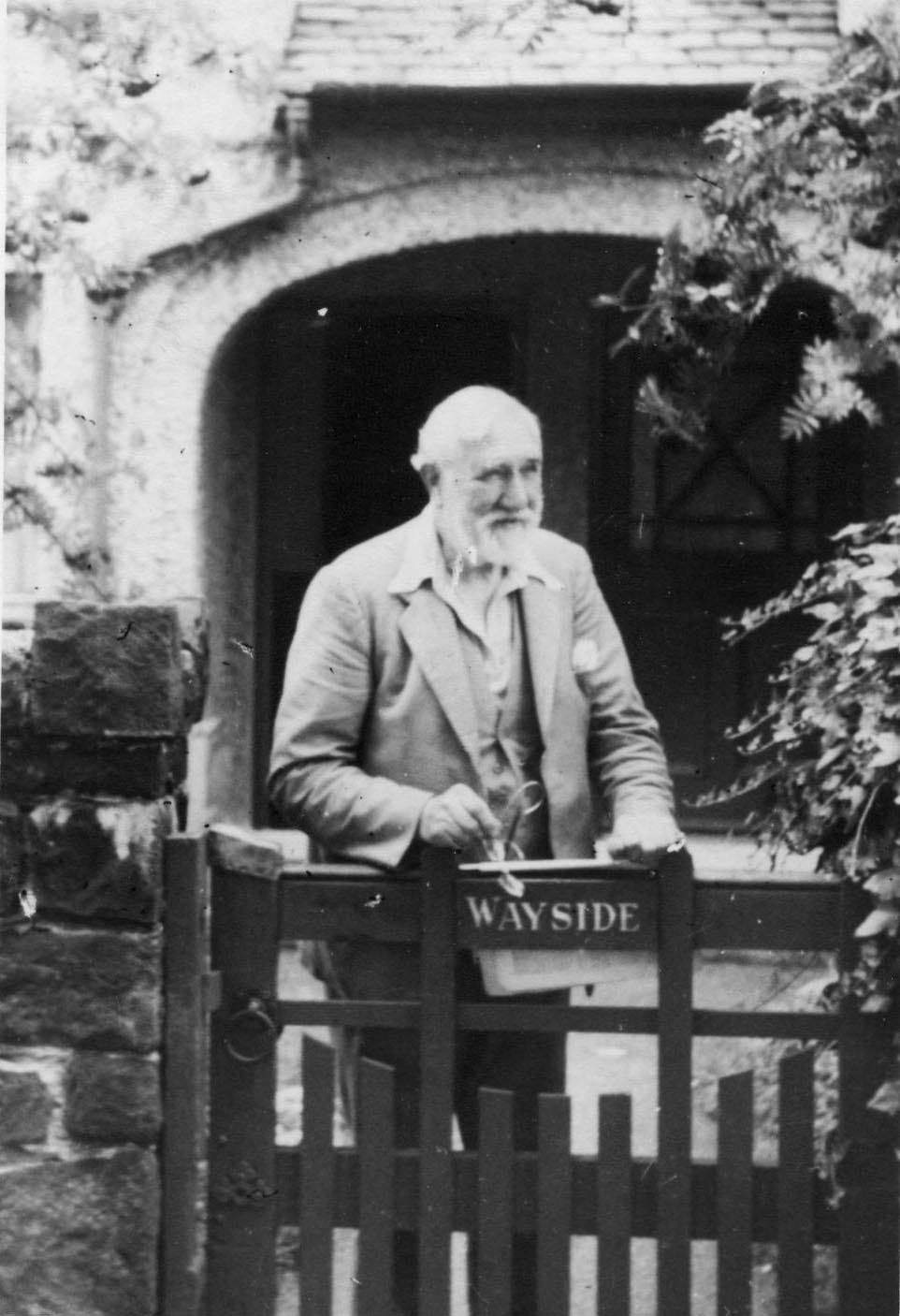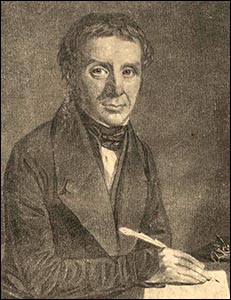Men who have lived in Conwy
 THOMAS ARTHUR LEONARD OBE was a pioneer of outdoor activity holidays for the working class. In 1912 he founded Holiday Fellowship and went on to introduce the Youth Hostel Ass. to Britain. He was the Ramblers first president and supported the formation of the National Trust and campaigned for National Parks. His last tourist initiative was the Family Holiday Ass. converting former army training camps into holiday parks such as the one at Morfa. He is said to be as influential to mass tourism as Thomas Cook and Billy Butlin. His visitors to Conwy included Ramsey MacDonald and George Bernard Shaw. Later in his life he lived at Wayside Cottage on the Sychnant ass road and you can see the house to this day.
THOMAS ARTHUR LEONARD OBE was a pioneer of outdoor activity holidays for the working class. In 1912 he founded Holiday Fellowship and went on to introduce the Youth Hostel Ass. to Britain. He was the Ramblers first president and supported the formation of the National Trust and campaigned for National Parks. His last tourist initiative was the Family Holiday Ass. converting former army training camps into holiday parks such as the one at Morfa. He is said to be as influential to mass tourism as Thomas Cook and Billy Butlin. His visitors to Conwy included Ramsey MacDonald and George Bernard Shaw. Later in his life he lived at Wayside Cottage on the Sychnant ass road and you can see the house to this day.

PERCY SMALLWOOD was born at the Blue Bell public house in the town and emigrated to America in 1903. He became an amateur middle distance runner winning 75 races in 1905 alone. He turned professional in 1906 winning the 15 mile championship in New York. Whilst staying a few days in Conwy in 1908 he ran to Penmaenmawr and back in 50 minutes. Cunard Line arranged for him to train by running on the ocean liner's deck during the Atlantic crossing.
SAMUEL ROBERTS was the first person to advocate a national  postal system using a uniform stamp rate. In the 1820's he suggested making the postal system cheaper and easier to use through a flat rate of one penny per letter regardless of the distance. The idea was put into practice by Rowland Hill in 1840 with the launch of the Penny Black, the words first self adhesive postage stamp. He was one of three brothers to settle in Conwy in their later life. The first brother John was minister of the chapel that is now home to the Royal Cambrian Academy of Art in Conwy. He was living in Conwy Morfa by 1863. His brothers joined him soon after. The brothers died in 1883/84/85. All buried in St Agnes graveyard. You can see their home on the Morfa to his day.
postal system using a uniform stamp rate. In the 1820's he suggested making the postal system cheaper and easier to use through a flat rate of one penny per letter regardless of the distance. The idea was put into practice by Rowland Hill in 1840 with the launch of the Penny Black, the words first self adhesive postage stamp. He was one of three brothers to settle in Conwy in their later life. The first brother John was minister of the chapel that is now home to the Royal Cambrian Academy of Art in Conwy. He was living in Conwy Morfa by 1863. His brothers joined him soon after. The brothers died in 1883/84/85. All buried in St Agnes graveyard. You can see their home on the Morfa to his day.
THOMAS JAMES GALLOWAY GARRETT was a Manchester doctor who moved to Conwy for the sake of this health. He set aside rooms in this house in the Morfa area for poor children who were affected by the Manchester smog. Funds were raised to buy several more homes and by 1916 the facilities were recognised as a home for ailing children. Dr. Garrett died in September 1923 age 63. His gravestone included carvings of children, the gravestone was subsequently decapitated. His wife continued the institution which became the Dr. Garrett Memorial Home. The home passed into the ownership of Manchester City Council. It helped thousands of children who had suffered from poverty, neglect and illness before it closed in 1989. A road in the Morfa area close to the site of the children's home is named Dr. Garrett Drive in his honour.
Our thanks to Rhodri Clarke at History Points for providing this interesting information.